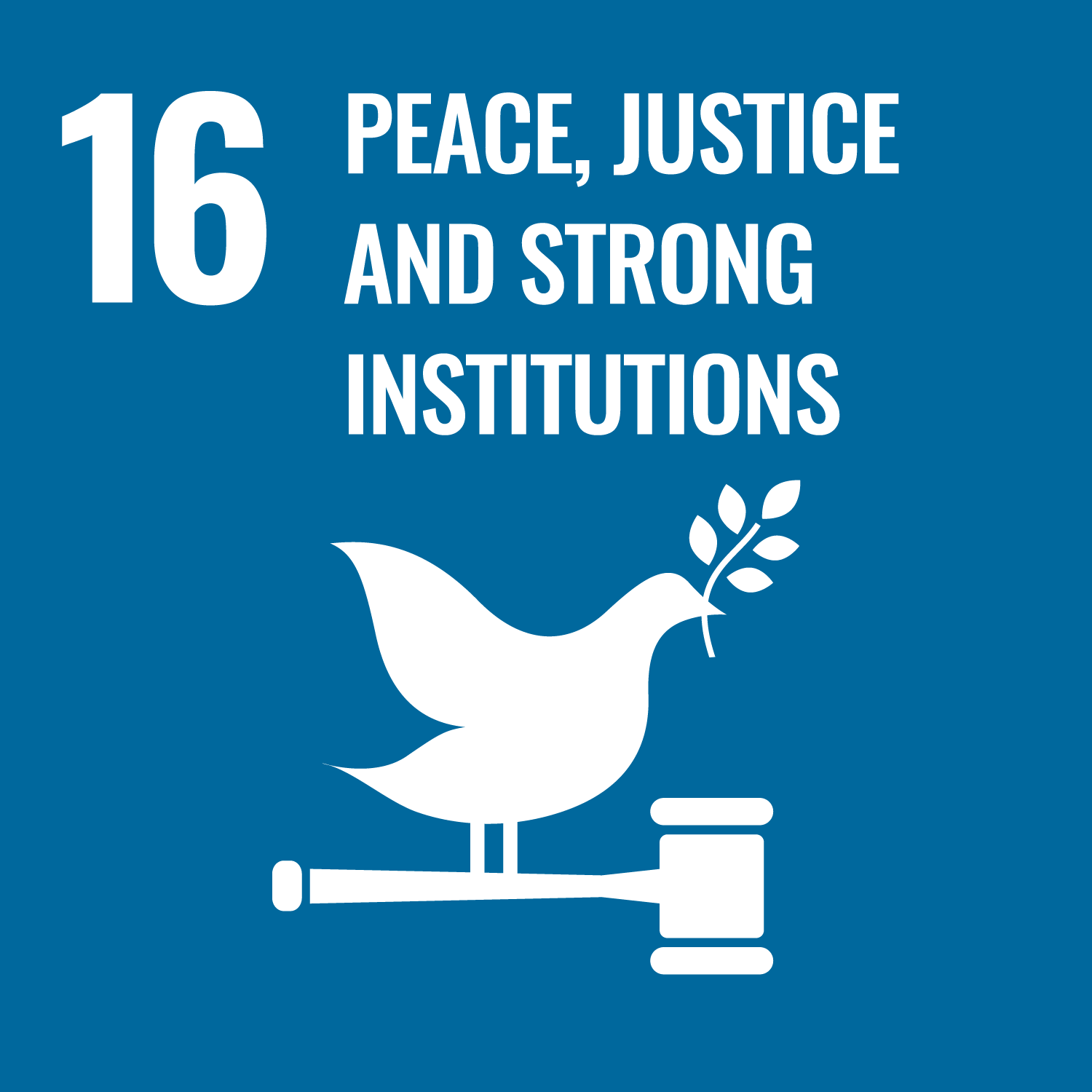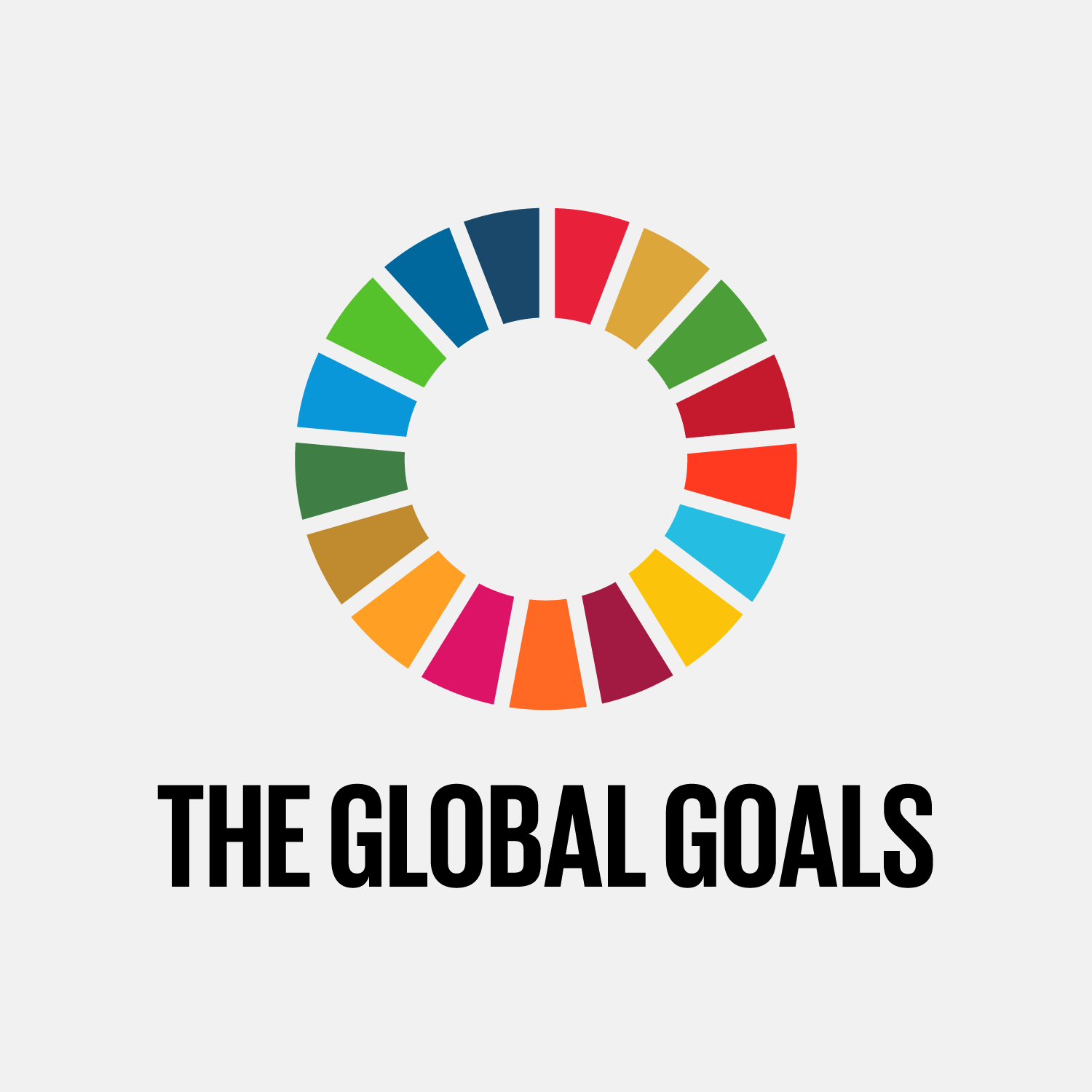
- About


The Exposé is a design-driven public exhibition concept within Textile & Fashion 2030 with the aim to increase awareness amongst textile and fashion companies, as well as consumers, about the issues associated with the textile and fashion industry. In the Exposé, visionary and problem-solving examples are presented together with best practices within a circular and sustainable textile sector. Related research and ongoing initiatives within the textile and fashion production are also highlighted.
The Exposé will be updated continuously with new inspiring objects!
Textile & Fashion 2030 positions Sweden at the forefront when it comes to the development of the textile and fashion sector in moving towards sustainability and a circular economy. The platform, in collaboration with stakeholders from business, academia, institutes, and public organizations, will encourage and coordinate education, research, and innovation with the aim of supporting environmentally sustainable development. Based on the United Nation’s Sustainable Development Goals of the 2030 Agenda, the platform unites actors and strengthens the sustainability work within the industry.


















Transparency is necessary to ensure that stakeholders in the textile and apparel value chain have access to information in matters that affect them. Transparency is a must for sustainable development.
Accountability is highly valued among customers; in terms of brand building, it comes second to the quality of goods or services. New technologies such as blockchain, RFID, and Bluetooth applications as well as faster data computation enable more possibilities for transparency, traceability, and accountability.
Complete transparency and traceability are still visions. Systems must be created that give all stakeholders in the apparel and textile value chain opportunities to make responsible and informed decisions and to stop corruption.
The origin and production of the materials that make up a product as well as the chemicals used to give the product its characteristics will greatly affect its environmental performance. Among the most important challenges are the substitution of fossil or other resource inefficient raw materials, phasing out harmful chemicals and implementing more efficient reuse/recycling methods at end-of-life.
In this knowledge area, research and development regarding the choice of materials, material combinations, and chemical substances in textile goods are dealt with, as well as possibilities for improved collection, sorting and material recycling.
The textile industry and the research community are well aware and very active when it comes to innovations in these fields. This holds promise for future possibilities of large scale implementation of renewable or recycled materials, as well as alternative, environmentally benign chemicals.
Each decision during product development affects sustainability and circularity. To develop products with lower environmental impact, the design team needs to be well aware of each component and process, and their individual and combined effect on the final product and its longevity.
One challenge is having comprehensive knowledge regarding sutainability when it comes to all of the components and processes that are a part of the production and lifetime of the garment. An additional challenge is implementing alternative design methods that do not require virgin components. Ongoing research inspires and shows methods to re-make existing products to have new functionalities and designs with an upgraded look.
With higher traceability when it comes to materials, components, and processes, there are increased possibilities for more conscious decisions. If communicated well, this gives the consumer a better basis for decisions.
The production of a textile product is a major factor affecting the environmental footprint of the final product. Textile production consists of many stages; there is the production of the fiber, yarn, and fabric, product assembly and post-treatments at all stages. Each one of these stages needs to be considered in order to improve the environmental footprint of the textile product.
One challenge when working with textile production and sustainability is having comprehensive knowledge about the processes and having detailed information available about all stages of production.
Ongoing research and initiatives are finding new techniques and methods for measuring, documenting, and sharing information from the production stages. This makes it possible for brands to more easily document and communicate their products’ environmental footprints, including the production stages.
The current use of textile products is very unsustainable. We tend to buy many more products than we need and we throw away most of our textiles with the household waste, long before they are worn out.
The main challenges regarding resource efficient waste management includes improving collection rates, automated and material specific sorting technologies, and the scaling up of recycling technologies.
Intense research and industry innovation is focusing on the technology development needed, while policy and other financial instruments are developed at the national and EU levels. The need of the industry to secure recycled feedstock, in combination with upcoming EPR (Extended
Producer Responsibility) policies, will lead to new possibilities for the improved recycling of textiles.
There is increasing pressure on retailers to transform their business models due to new buying patterns, sales channels, and more conscious consumption behaviors.
The role of the physical retailer as a seller of goods is undergoing a transformation as online retailers can deliver the same products to the doorstep of the customer at the same price. More and more stores do not only sell products but also give the customer access to additional experiences. Together with new digital tools for sales and production, the customer can have better in-store experiences, be more loyal to the brand, and help to create more sustainable business models.
With inspiration from digital business models such as Spotify, we can create systems for apparel and textiles in which the consumer has access to more fashion and textiles and spends more money, but without the increased sustainability cost. With these new systems, people can express themselves through fashion or interior design.
Sustainable consumption may seem contradictive and far-fetched. However, in the space between these words, opportunities for new behaviors, policy instruments, and business models open up, allowing for more conscious consumption.
Platforms such as F/ACT Movement have now been established to help fashion consumers to make more conscious decisions while at the same time enhancing their ability to express themselves through their outfits.
Consumer’s desire to make more sustainable choices, governmental green incentives, and industry’s resource conscious innovation give opportunities to create better systems that allow consumers more opportunities to live out their desire for fashion and textiles.






